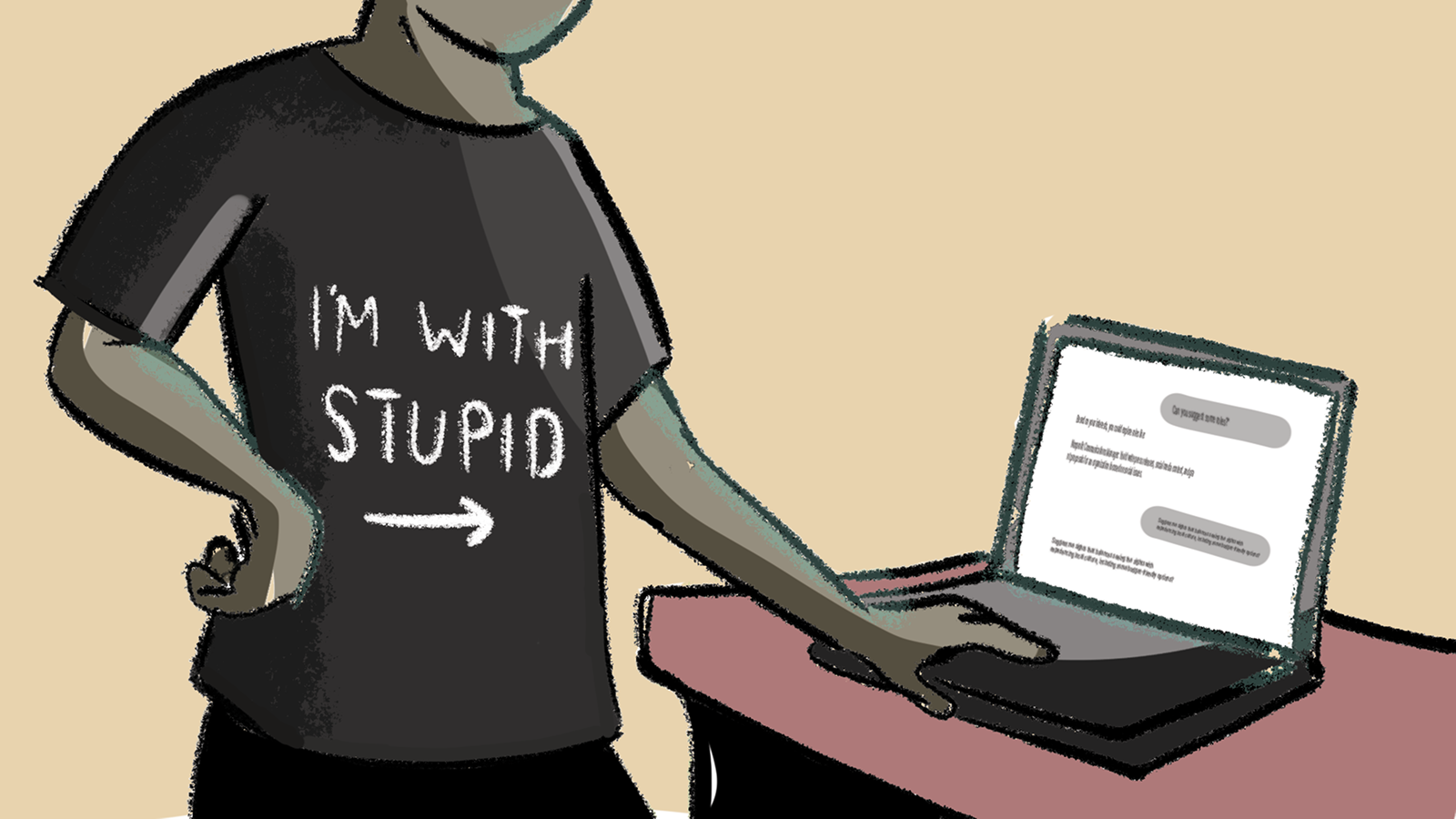New Techniques Probe Consciousness During a Coma

Two years after the death of Terri Schiavo, the Florida woman who languished in a persistent vegetative state for 15 years until her feeding tube was removed, the debate continues over how to diagnose severe brain damage. Several scientific papers published in March and April in Neurology, Clinical Neurophysiology, and the Spanish Journal of Neurology relay exciting advances in assessing the severity of brain damage, the degree of awareness, and the chances of recovery. Diagnosis, more so than actual treatment, could mean the difference between life and death, because a grim diagnosis can preclude therapeutic efforts and prompt doctors and families to remove the patient from life support. The tragedy is that diagnosis techniques are flawed and doctors can be wrong. Sleeping beauty Doctors often fret that families have unrealistic expectations for their loved ones who have suffered severe brain damage. Hollywood doesn't help. In the movies, patients with perfect hair and freshly applied make-up awake from comas in a radiant shower of sunbeams, speaking eloquently with no signs of wear, much like Sleeping Beauty. In realty, coma patients have bedsores and muscle wasting; they are disoriented, and their awakening often takes weeks, with only a few hours of awareness a day. Often patients will have lasting brain damage and will have difficulty speaking or walking. Neurologists at the Mayo Clinic in Rochester, Minnesota, published a review last year in Neurology of 30 movies from 1970 to 2004 that depicted comas. They found only two movies to be reasonably accurate. Comas do pass A coma is only a transitional period after brain damage, lasting no more than a few weeks. During this time, the patient cannot be woken; the patient's eyes are closed, and brain patterns reveal a type of sleep similar to that induced by anesthesia, with no dreaming. Patients transition from the coma into one of three basic states, depending on the extent of the injury. Some patients die. Some "wake up" with varying degrees of brain damage. And others slip into a vegetative state. This is a gray area of either minimal or no consciousness . Those in a persistent vegetative state remain unaware of their surroundings and have little chance of improving. But patients in a minimally conscious vegetative state can recover more consciousness, even years later. Patients in vegetative states pass daily through normal sleep cycles. Their eyes can open, and they have some reflective movement. Families often falsely perceive the patient as being conscious but merely unable to vocalize, as if locked inside the body. Miracle recoveries Medical archives abound with stories of patients awaking after years. Terry Wallis is one famous example; after 19 years in a vegetative state, Wallis began talking in 2003, albeit with difficulty. The hope was that Terri Schiavo would someday wake up, too. The difference, though, is that Schiavo was in a persistent vegetative state, while those patients who recover partially were in a minimally conscious state and had some degree of awareness of their surroundings. Sounds clear cut, but a study from London in the 1990s found that about a third of patient thought to be in a persistent vegetative state did show signs of awareness when closely examined. Getting inside your head Using sophisticated MRI and PET scans, doctors are now able to probe the brain while the patient receives instructions, such as to visualize playing tennis or navigating through a house. For one patient, a scan revealed stimulated brain activity in regions associated with coordinated movement and navigation and thus consciousness. This study was published last September in the journal Science. Another study by Di Haibo of Zhejiang University in China in the March 20 issue of Neurology used MRI brain scans of patients hearing their own name. He successfully predicted patients' ability to transition into a state of improved consciousness. Most recently, two other groups, in Spain and The Netherlands, used a technique called mismatch negativity, long the domain of cognitive scientists, to differentiate between vegetative states. Here, brain scans reveal word processing and higher thought in patients with some level of consciousness. Right-to-life advocates see such advances as reason to keep all brain-damaged patients on life-support systems. But neurologists stress, by virtue of these advanced tests, that some patients are most certainly in permanent vegetative states and will never recover. Terry Schiavo's diagnosis was nearly unanimous among doctors, and her autopsy also revealed unrecoverable brain damage. Mistakes can be made, which is why the President and Congress rushed to keep the courts from allowing Schiavo's feeding tube to be removed. But for those who care about the sanctity of life, it might be useful to remember that mistakes are more likely made in life-or-death situations such as capital punishment or the call for war. Christopher Wanjek is the author of the books “Bad Medicine” and “Food At Work.” Got a question about Bad Medicine? Email Wanjek. If it’s really bad, he just might answer it in a future column. Bad Medicine appears each Tuesday on LiveScience.
- Why Great Minds Can't Grasp Consciousness
- Comatose Patients Falsely Depicted in Movies
- Vegetative Patients May Have Awareness
Get the world’s most fascinating discoveries delivered straight to your inbox.

Christopher Wanjek is a Live Science contributor and a health and science writer. He is the author of three science books: Spacefarers (2020), Food at Work (2005) and Bad Medicine (2003). His "Food at Work" book and project, concerning workers' health, safety and productivity, was commissioned by the U.N.'s International Labor Organization. For Live Science, Christopher covers public health, nutrition and biology, and he has written extensively for The Washington Post and Sky & Telescope among others, as well as for the NASA Goddard Space Flight Center, where he was a senior writer. Christopher holds a Master of Health degree from Harvard School of Public Health and a degree in journalism from Temple University.
